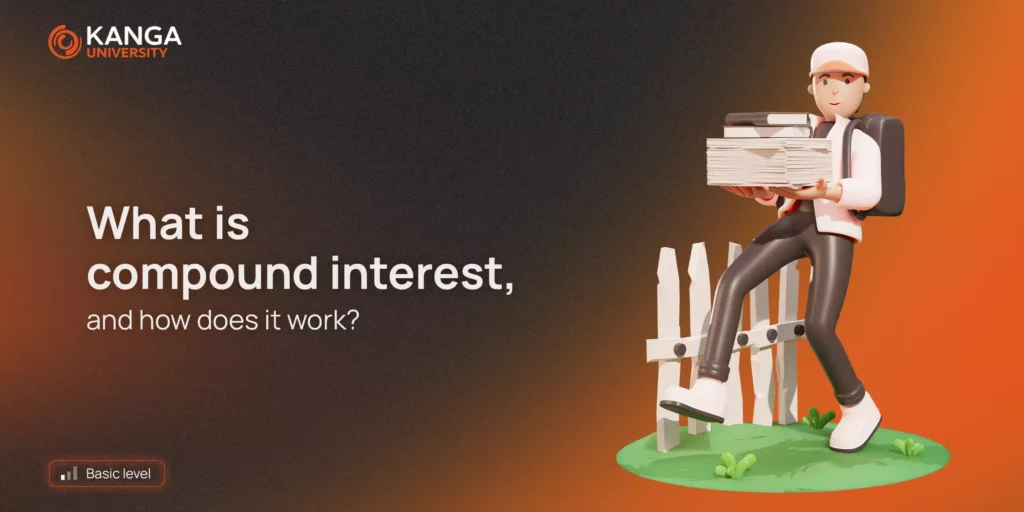
Compound interest it’s the eighth wonder of the world, he said Albert Einstein. Over time, it helps us become rich, but at the same time it can increase our debt. Of course, if we don’t use it wisely. What it actually is and how it works is the topic of our today’s lesson.
Definition
Compound interest to reinvestment of percentage from your account. Thanks to this procedure, we earn our interest. This so-called percent of percent. We have a rather specific example of saving. It is important to consider four important factors in this case:
- Investment period.
- Interest.
- Interest capitalization frequency.
- The amount of your investment.
This type of investment is long-term. The effects are visible after many years, not from month to month. Therefore, saving on compound interest, we should start as soon as possible.
Remember that compound interest, these are not bank deposits. The interest rate is not so transparent, and in this case, the saving process takes a very long time.
How does compound interest work?
By investing a certain amount of money, after the first period, we get a bonus capitalization of interest in a given period. At this point, it is worth leaving your profit on the account and still earning money on it, then immediately consuming additional funds for worldly goods.
Interest will continue to work and automatically increase. Thanks to this, we get a larger amount because the same percentage will be charged in the bank on a higher amount.
Here is an example of operation compound interest:
We consider it when our capital is 5,000 net, with an interest rate of 5%. Time is a 3-year period with annual capitalization.
- The first year of investment: 5,000 + 5% = 5,250.
- The second year of investment: 5,250 + 5 = 5,512.5.
- The third year of investment: 5,512.5 + 5% = 5,788.12.
At the end of the three-year saving period, you can decide: withdraw the profit or keep it and multiply yours even more capital.
Will compound interest help me save more money?
Yes, if you start as early as possible. Assuming that we have been working in Poland for about 40 years, this is a period when we can take advantage of compound interest. Starting our adventure with this type of investing at the age of 30, we have 30 left (until retirement) when compound interest will work for us.
The later we start, the less time we have left. Of course, you can invest and save at any age. And the world doesn’t end there. In every bank, we will find a favourable offer to deposit in a savings account where the interest rate is relatively favourable.
However, let’s consider that as a young investor, he has more time to learn and absorb knowledge, and thus – to make up for his investment mistakes made in his youth in the future.
Fun fact: A great example of how compound interest works is Warren Buffett. His wealth is valued at approximately USD 115 billion. The investor has mastered the operation of compound interest to perfection – it is one of his investment methods, which has been multiplying his assets so far.
What to invest in using compound interest?
In products that capitalize interest and they pay us. For example, on the stock exchange, we can buy shares of companies that will go up very much. It is also worth considering investing in products that pay us money on an ongoing basis and start reinvesting them. Then we will take full advantage of the power of compound interest and use its full potential.
Simple interest vs. compound interest
If, after capitalizing interest, you immediately transfer it to another bank account or account, you are dealing with simple interest. Then there is no increase in the amount of your deposit, and the capitalization of interest will be charged exactly in the same amount as the amount transferred to another account. Simple interest is most often used for short-term deposits.
However, when the interest on your account increases the capital, you are dealing with compound interest. It is inherently assigned in the bank for long-term saving.
So, you can see that simple and compound interests are definitely different from each other.
Summary
By investing long-term, compound interest makes more sense. The interest on your share capital is accrued and capitalized with each subsequent period. You can see it in our example. Over time, you make more and more profit and have more and more money.